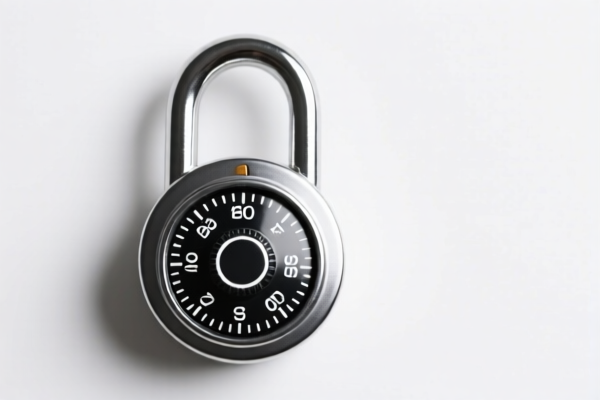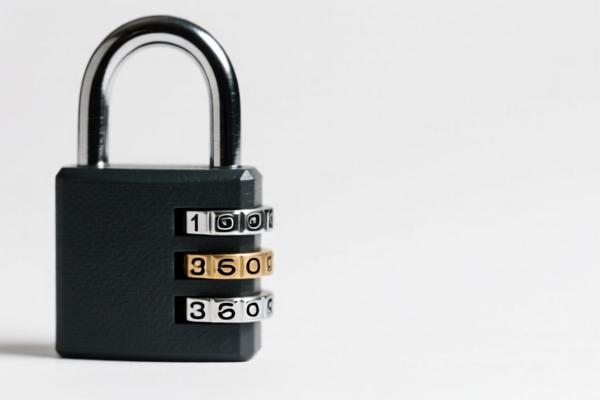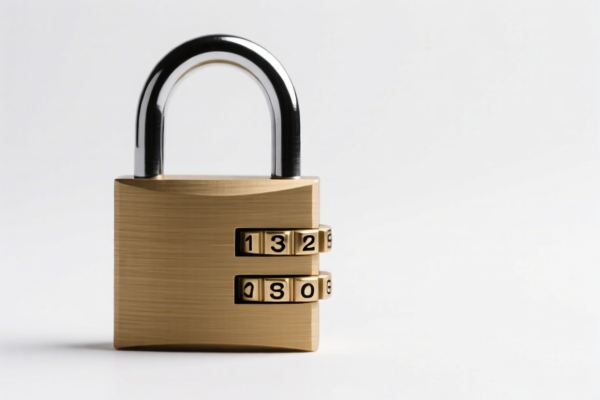| HS Code | Official Doc | Tariff Rate | Origin | Destination | Effective Date |
|---|---|---|---|---|---|
| 8537109170 | Doc | 57.7% | CN | US | 2025-05-12 |
| 8537109150 | Doc | 57.7% | CN | US | 2025-05-12 |
| 8535904000 | Doc | 57.7% | CN | US | 2025-05-12 |
| 8535908060 | Doc | 57.7% | CN | US | 2025-05-12 |
| 9106904000 | Doc | 36¢ each + 5.6% + 2¢/jewel+55.0% | CN | US | 2025-05-12 |




Password Lock
A password lock is a security device used to restrict access to an area or item. It utilizes a user-defined alphanumeric code to permit entry.
Material:
- Housing: Typically constructed from metal alloys (zinc, aluminum, steel) for durability and resistance to tampering. Plastic housings are also common, particularly in lower-security applications.
- Mechanism: Internal components consist of a keypad, electronic circuitry (in digital locks), a locking bolt or cam, and a battery (for digital locks). Mechanical locks utilize a series of tumblers and pins.
- Keypad: Often made of plastic or metal buttons.
- Bolt/Cam: Typically steel for strength.
Purpose:
The primary purpose is to secure possessions, locations, or information by preventing unauthorized access. They offer a more convenient alternative to traditional key-based locks, eliminating the need for physical keys and the risk of key loss or duplication.
Function:
A password lock operates by requiring the user to input a correct, pre-programmed code.
- Digital Password Locks: The user enters the code via a keypad. Electronic circuitry verifies the code against the stored password. Upon correct entry, an internal solenoid or motor releases the locking mechanism. These often include features like auto-lock, tamper alarms, and low-battery warnings.
- Mechanical Password Locks: These locks use a series of dials or buttons to manipulate internal tumblers or pins. The correct sequence aligns these components, allowing the lock to open. These typically do not require batteries.
Usage Scenarios:
- Residential: Securing doors, gates, cabinets, safes, and bicycles.
- Commercial: Protecting offices, storage rooms, equipment, and vending machines.
- Personal: Locking luggage, lockers, and personal safes.
- Industrial: Securing toolboxes, machinery, and access points.
Common Types:
- Keypad Locks: The most common type, utilizing a numeric or alphanumeric keypad.
- Combination Locks (Dial Locks): Require a rotational sequence of numbers. These can be directional (left/right) or non-directional.
- Biometric Locks: Utilize fingerprints, facial recognition, or other biological traits for authentication (often combined with password entry as a backup).
- Smart Locks: Connect to a network (Wi-Fi, Bluetooth) allowing remote access and control via smartphone apps or voice assistants.
- Push-Button Locks: Utilize a sequence of button presses.
- Time Locks: Open or close at pre-programmed times.
Based on the provided information, “password lock” can be classified under the following HS codes:
- 9106904000: Time of day recording apparatus and apparatus for measuring, recording or otherwise indicating intervals of time, with clock or watch movement or with synchronous motor (for example, time registers, time-recorders): Other: Time locks valued over $10 each. This code applies to time locks, which function by controlling access based on a pre-set time, and are valued over $10 each. The tariff details include a duty of 36¢ each + 5.6% + 2¢/jewel, plus a 25.0% additional tariff, increasing to 30.0% after April 2, 2025.
According to the provided reference material, the HS code options related to 'password lock' are limited, with only the following 1 found.
Please note that for HS code 9106904000, the value of the time lock must be over $10 each. Additionally, the tariff calculation includes a base duty, a percentage-based duty, and a per-jewel duty if applicable.
Customer Reviews
No reviews yet.